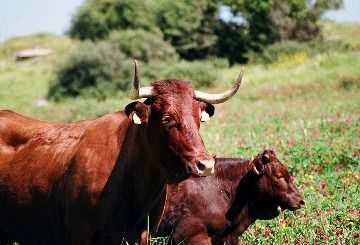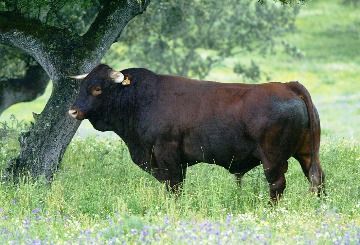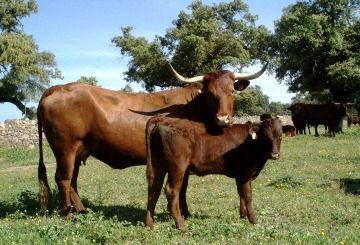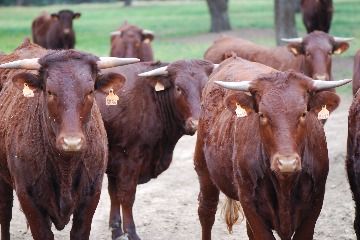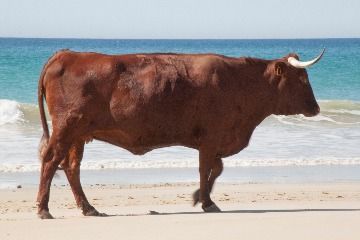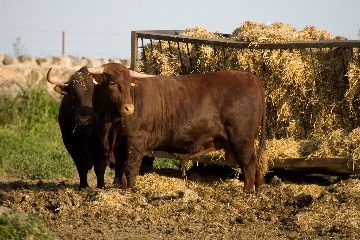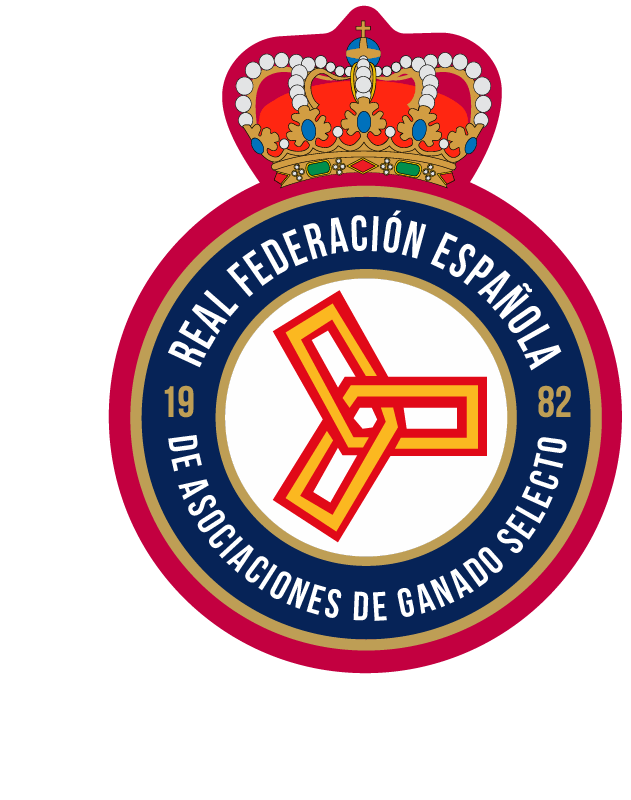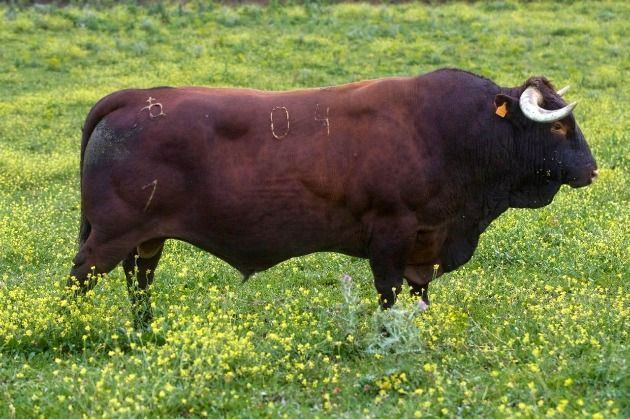
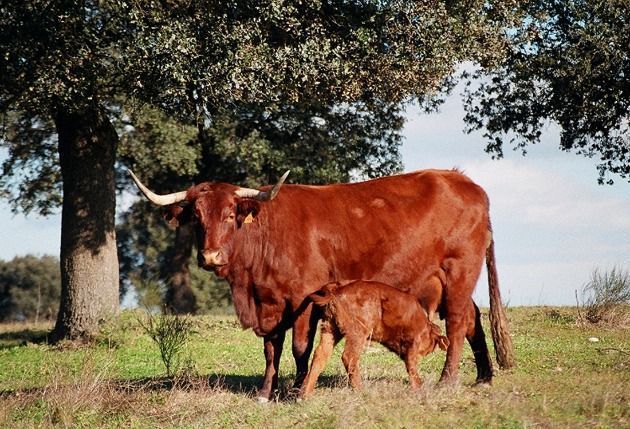
GENERAL CHARACTERISTICS
Its coat is red, with shades from the darkest (retinta) to the lightest (red and blond), with degradation around the eyes (partridge eye).
The horns are slightly posterior to the line of prolongation of the nape, directed sideways and forward, in the form of a high or low hook in the males and forward and upwards in the females, yellowish white in colour, with darker tips.
They are convex-profile animals of large proportions and length, large, proportionate, with a wide, slightly subconvex forehead. Face with the same profile and elongated, fleshy in females.
PRODUCTION CHARACTERISTICS AND EXPLOITATION SYSTEMS
It is characterised by a high hardiness and a marked maternal character. This allows them to take advantage of a difficult environment, with long periods of drought and periods of famine. The herds have an average size of more than 40 heads reared extensively, where they exploit the natural vegetation, sharing the land with other species and breeds typical of the Mediterranean pasture, mainly Merino sheep, and Iberian pigs. During the most critical periods in the Mediterranean region, the typical pasture diet is supplemented with straw, hay, and fodder.
The mating system is normally seasonal by natural mating. The bulls stay with the cows from November to June. Females are covered for the first time at around 2 years of age, with the first calving taking place at around 34 months.
Males are intended for fattening and slaughter as slaughter animals, except for those intended for future studs. Most females are sold as live animals.
Their meat is red, tender, juicy and has an exquisite sapidity, with a low ratio of saturated to total fatty acids. With the aim of spreading the benefits of the product and guaranteeing the purchase of genuine Retinto Meat, with all the quality and authenticity controls, the National Association of Breeders of Select Retinto Breed Cattle created the “MEAT OF RETINTO” brand, which was later reinforced with the 100% Autochthonous Breed logo, from the Ministry of Agriculture. All the carcasses and pieces are identified with these two marks.
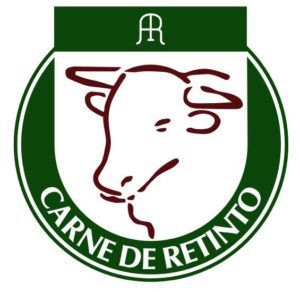
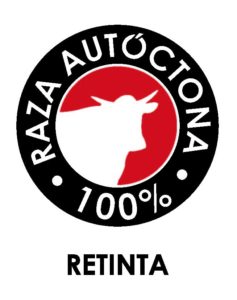
GEOGRAPHICAL DISTRIBUTION
The breed is mainly distributed in Extremadura and Andalusia, although there are also breeds in the Balearic Islands, Castilla la Mancha, Castilla León, and Madrid.
Outside Spain, it is worth mentioning the presence of this breed in Portugal, and genetic material has also been exported to Colombia, Nicaragua, and Brazil.
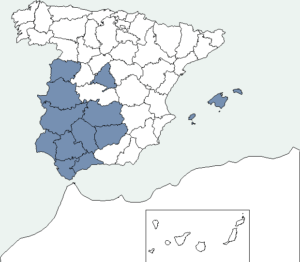
 Tell us about your characteristics and needs so that we can offer you the solution that best suits your context. Contact us if you have any clarifications or suggestions for products or services that you need
Tell us about your characteristics and needs so that we can offer you the solution that best suits your context. Contact us if you have any clarifications or suggestions for products or services that you need
Presupuesto total: 543.404,60 euros. Cofinanciado UE al 80% por el Fondo Europeo Agrícola de Desarrollo Rural- FEADER y al 20% por el MAPA. La Dirección General de Desarrollo Rural, Innovación y Formación Agroalimetnaria (DGDRIFA) es la autoridad de gestión encargada de la aplicación de la ayuda FEADER y nacional correspondiente.
https://ec.europa.eu/info/eu-
Creación de una base y estructura de comercialización e internacionalización de material genético de razas puras españolas mediante análisis de la situación actual y elaboración de plan estratégico para la exportación. El objetivo es desarrollar un análisis estratégico de la internacionalización y desarrollo de estructura y protocolos de comercialización del material genético según demanda y requisitos de países objetivos para las razas participantes del proyecto y para el conjunto de la cabaña ganadera España. Organismo responsable de contenido: miembros del GO EXPORTGEN.

Tell us about your characteristics and needs so that we can offer you the solution that best suits your context. Contact us if you have any clarifications or suggestions for products or services that you need
Presupuesto total: 543.404,60 euros. Cofinanciado UE al 80% por el Fondo Europeo Agrícola de Desarrollo Rural- FEADER y al 20% por el MAPA. La Dirección General de Desarrollo Rural, Innovación y Formación Agroalimetnaria (DGDRIFA) es la autoridad de gestión encargada de la aplicación de la ayuda FEADER y nacional correspondiente.
https://ec.europa.eu/info/eu-
Creación de una base y estructura de comercialización e internacionalización de material genético de razas puras españolas mediante análisis de la situación actual y elaboración de plan estratégico para la exportación. El objetivo es desarrollar un análisis estratégico de la internacionalización y desarrollo de estructura y protocolos de comercialización del material genético según demanda y requisitos de países objetivos para las razas participantes del proyecto y para el conjunto de la cabaña ganadera España. Organismo responsable de contenido: miembros del GO EXPORTGEN.


